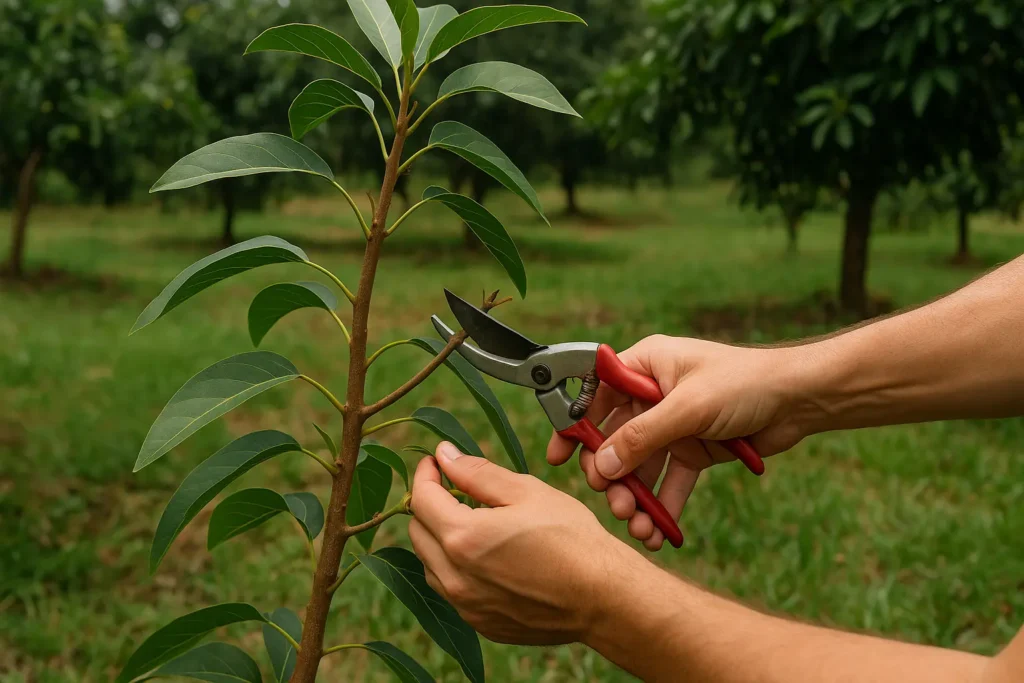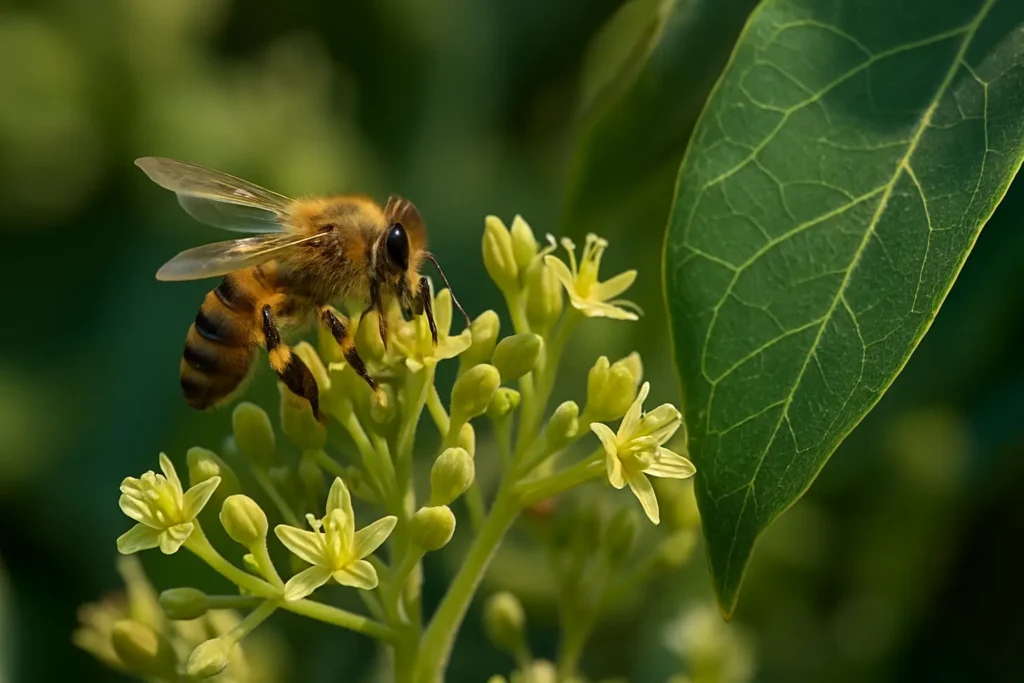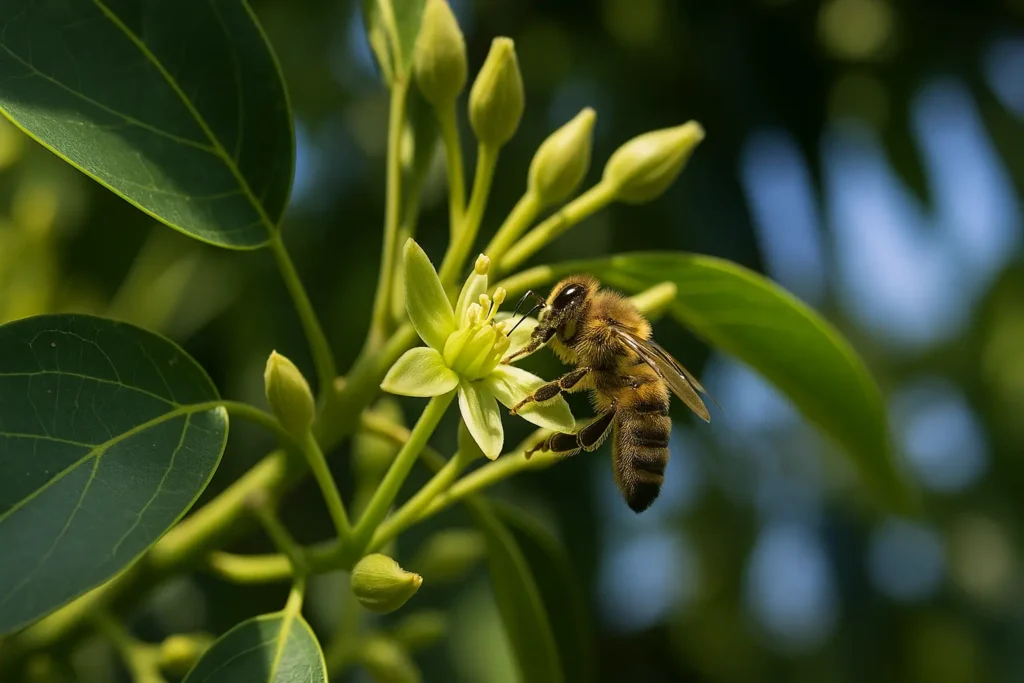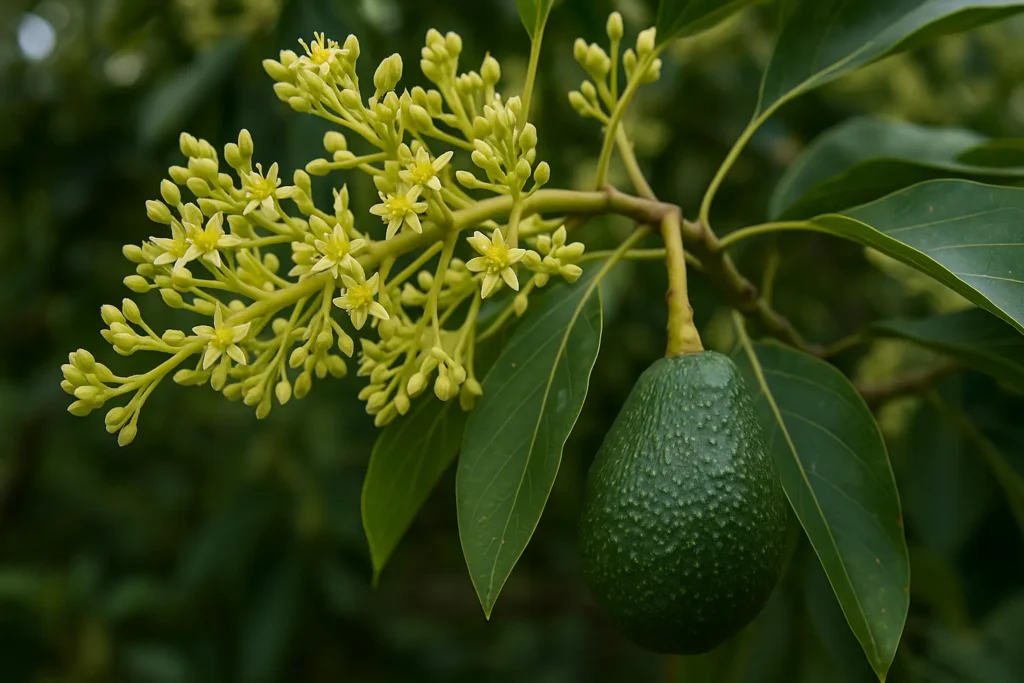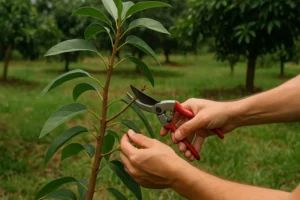Exporting Hass avocados to the United States is a highly regulated process that requires compliance with strict quality, traceability, and health standards. At Fruty Green, every stage of production is designed to ensure our avocados arrive fresh, safe, and in perfect condition to the North American market.
In this article, we'll explain the Hass avocado process in detail, from planting to inspection at destination, to understand how we manage to export a world-class product.
Stages of the Hass Avocado Process for Export
1. Land selection and preparation
The Hass avocado process begins with the proper selection of the land. This step is critical, as factors such as soil type, altitude, drainage, sun exposure, and access to water directly influence the health and productivity of the crop.
It is recommended that soils be deep, well-drained, and have a pH between 5.5 and 7.0. Before planting, physicochemical soil analyses are performed to determine amendment and fertilization needs. The land is prepared with sustainable agricultural practices such as minimal tillage and the use of organic matter to improve its structure.
2. Technical sowing and agronomic management
The planting Hass avocado It should be planted with certified disease-free seedlings, preferably grafted onto resistant rootstocks. The distance between trees varies depending on the production system, but a distance of between 5x5 and 7x7 meters is recommended.
Throughout the crop's development, practices such as formative pruning, pest and disease monitoring, efficient water use through drip irrigation, and nutritional management based on foliar and soil analysis are implemented. These elements are key to the Hass avocado process, as they ensure stable, healthy, and high-quality production.
3. Harvest at the optimum point of ripeness
Rigorous quality controls are applied throughout the production cycle. In the field, the trees' phytosanitary status, flowering uniformity, and fruit development are evaluated. At harvest time, only avocados that meet established parameters are selected: size, firmness, skin color, and oil content.
Later, at the collection center or packing plantA new classification is performed to verify that each batch meets export requirements. This traceability ensures that the product meets the highest quality standards at all stages and is an important part of the Hass avocado process.
4. Post-harvest handling and cold chain
After harvesting, the fruits are transported to a processing center where they are washed, disinfected, sorted, and packaged. Pre-cooling chambers and refrigerated containers are used to maintain the product's shelf life and prevent damage. Cold chain must be maintained from the farm to the destination point, being essential in the Hass avocado process for demanding markets such as the United States.
5. Transport and export logistics
Transportation is carried out in refrigerated containers to maintain a constant temperature. Logistics must be aligned with transit times, export routes, and inspection points at destination. This entire process must be monitored to ensure cargo traceability.
Requirements for Exporting Hass Avocado to the United States
International Certifications
For the Hass avocado to be admitted to the US market, it must comply with certifications that support good agricultural and post-harvest practices, including:
- GlobalG.AP: certifies safety, sustainability, workplace well-being and traceability.
- PrimusGFS: ensures compliance in post-harvest processes.
- GMP or Good Manufacturing Practices: applied in collection centers or packing plants.
These certifications are audited by authorized external organizations and must be valid for each batch exported.
Documentation and Customs Clearance
The export process to the United States requires accurate and up-to-date documentation. Some of the required documents include:
- Phytosanitary Certificate: Issued by the ICA in Colombia, it guarantees that products are free of pests and diseases.
- Certificate of Origin: Certifies that the avocados come from areas authorized by the USDA.
- Commercial invoices, packing lists, air or sea waybills, and other logistical documents.
Having this documentation complete and in order is essential for the Hass avocado process to move smoothly through customs.
Inspections and Requirements at Destination
Upon arrival in the United States, Hass avocado shipments undergo inspection by the USDA – Animal and Plant Health Inspection Service (APHIS). The products are verified to comply with phytosanitary requirements and to ensure that the documents match the shipment. Efficient handling at this stage avoids delays and ensures the product's entry into the market.
Discover the Colombian Hass Avocado!
The Hass avocado export process to the United States involves a series of stages, from technical field cultivation, obtaining international certifications, post-harvest handling with a cold chain, and strict compliance with customs procedures and health regulations.
At At Fruty GreenWe apply this process in a planned, controlled, and professional manner to meet the highest standards of the North American market and ensure that consumers receive a fresh, safe, and high-quality Colombian avocado.

